With the insurgency disrupting not just the health sector, but economic, social, and political life in Northeastern Nigeria, accessing quality nutritious food for mothers and their children has been made more difficult due to the persistent humanitarian condition. A recent report shows that about 7.1 million people are in need. As incidents of insecurity keep rising, access to basic life-saving supplies such as social services, food security, and healthcare resources are impeded, leading to untold hardships, especially for vulnerable groups like women and children.
Regardless of the mounting challenges in delivering humanitarian services, FHI360 through the Integrated Humanitarian Assistance to Northeast Nigeria Project (IHANN), is providing healthcare to Internally Displaced Peoples (IDP) in Borno State for over four years, in four locations; Banki in Bama LGA, Damasak in Mobbar LGA, Dikwa LGA and Ngala LGA.
Dr. James Oloyede, a public health specialist and the Nutrition Coordinator of FHI360 on IHANN Projects, highlighted the work that the organization is doing through its comprehensive nutrition intervention. He said that good nutrition is important for mothers and their children which is why nutrition is a core part of the interventions in the state.
‘’Having good nutritious food is of grave importance because every life we see today began from conception,” he said.
The nourishment of a mother is vital for the survival of the baby during pregnancy and after the baby is born. Nonetheless, in the face of difficulties both mother and baby are in danger of survival because of food insecurity which could lead to malnutrition.
‘’One of the greatest challenges we have in child undernutrition happens because a lot of mothers go into conception with their nutrition status already compromised. So, the child is born at a disadvantage in the first instance,” Oloyede said, adding “that’s why we said that for us in the nutrition cluster, we emphasis proper nutrition for the girl. If a girl-child enters reproductive age well nourished, then the risk of delivering a malnourished child becomes very minimal’.”
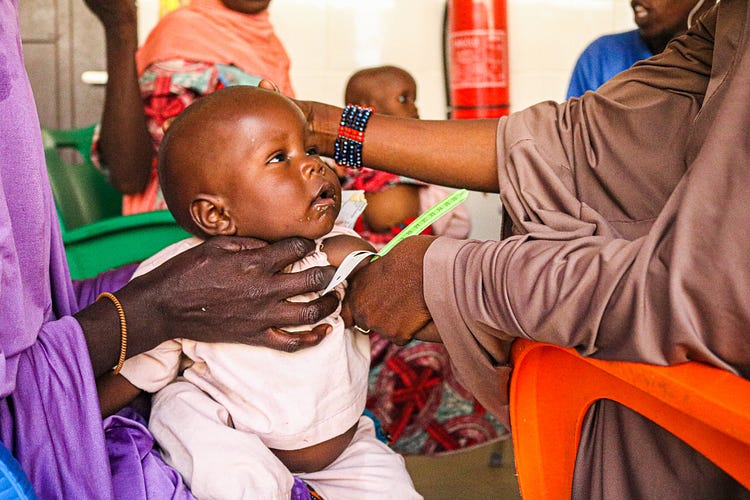
Here are three ways the project is improving health and nutrition despite the insecurity.
Sustaining the Goals for Good Nutrition
The goal of the National Policy on Infant and Young Child Feeding in Nigeria is to ensure optimal growth, protection and development of the Nigerian child from birth to the first five years of life. Under the IHANN program, the aim of the Maternal Infant and Young Child Feeding in Emergency (MIYCFE), is to provide a set of behavioural change messages that can improve the nutritious status of the vulnerable groups. These include children under five, pregnant women and lactating women. “Even though we provide the information to everybody, we are particular with those groups of people because they are the most vulnerable especially in the crises and humanitarian situations that we find ourselves in Borno state,’’ Oloyede said.
For the intervention, pregnant and lactating women are targeted and provided with counseling on nutrition for mothers and the unborn child. Pregnant mothers are also provided with micronutrient supplements, such as iron and folic acid to prevent iron deficiency anaemia and neural defects. In addition, pregnant and lactating mothers who attend antenatal clinic with malnourished children are treated but those in Damasak community are referred to the Action Against Hunger (AAH) treatment centre. ‘’We work in partnership with the United Nations Children Education Fund (UNICEF), INTERSOS, Médecins Sans Frontières (MSF) International and (ACF). The United Nations (UN) is the umbrella organization that handles nutrition of women and children. We signed an MOU with them, so they supply us with Ready to Use Therapeutic Food (RUTF) and give us micronutrient supplements as well,’’ said Oloyede. Lactating mothers are also counseled on exclusive breastfeeding, early initiation, continued breastfeeding and appropriate complementary feeding that includes growth monitoring and promotion.
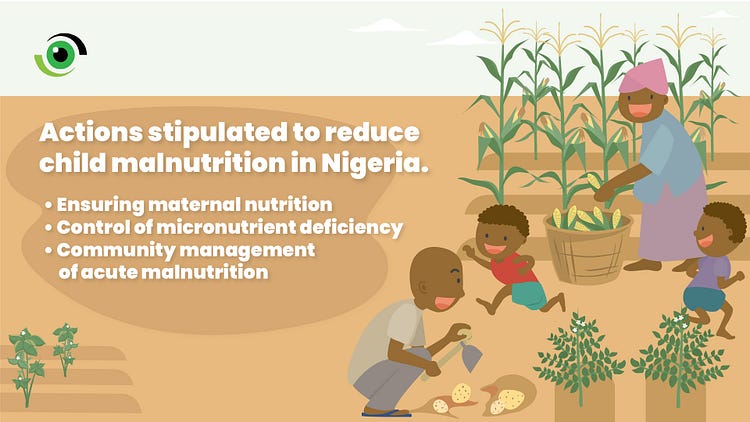
Using Community Structures to Deliver Nutrition Services
Even in crises, there are still community structures in place. For this intervention, the ‘’community support group approach’’ is used for message delivery. This means that support groups are differentiated by gender because it is important that people of the same gender are engaged to solve issues specific to their gender. The groups include the father-to-father support group, and the mother-to-mother support group. Each support group has support group facilitators called MIYCF promoters. Each MIYCF promoter supervises 8 groups. Each group comprises of about 15 people. Among the community support group members are the ‘lead mothers’. Having practiced these skills, the lead mothers are able to speak convincingly to other community members.
“We have about 1040 community support group of 15 members each. That is around 15,600 people’’, said Oloyede.
In addition to the community support groups, focus group dialogues are held to intensify acceptance of intervention. Similarly, to cater for children after six months of exclusive breastfeeding, the ‘’community cooking of food demonstration’’ is carried out. This is done using the locally available food in the community. The food demonstration is carried out by trained volunteers and technical officers from ACF, INTERSOS and MSF.
The “micronutrient deficiency control” activity is carried out by giving children between 6–59 months routine Vitamin A supplements, distributing micronutrient powder at FHI360 supported health facilities, creating safe breastfeeding spaces and safe spaces for women who have been victims of Gender Based Violence (GBV). Dietary diversification is achieved through MIYCF activities which revolve around group and one-on-one nutrition counselling sessions, community dialogue and counselling following growth monitoring and promotion activities.
This intervention supports the SDG Goal 2, that seeks to meet the immediate food needs of vulnerable populations and create food security through supporting small holder farmers.
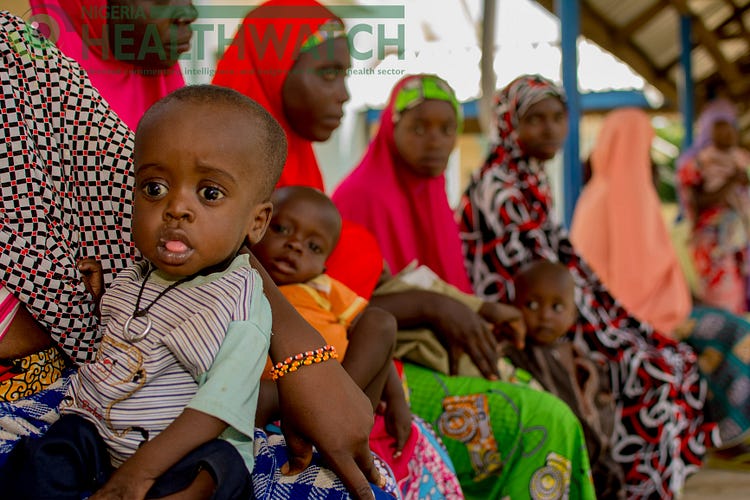
The project is helping to increase the number of women now exclusively breastfeeding their babies. ‘’In our four implementation sites, the recent KAP survey showed that through FHI360 nutrition interventions among others, the exclusive breastfeeding rate has improved to 82%’’, Oloyede said.
Aside the preventive steps taken to address malnutrition, nine Community Management of Acute Malnutrition (CMAM) centres were set up in all the intervention locations as part of the curative measures put in place for malnourished children. Of the nine CMAM sites, six are Outpatient Therapeutic Program sites (OTP), and the remaining three are Stabilisation Centres (SC). The team conducts an appetite test to determine whether to place the child in the OTP or SC centre. The nine locations are also integrated with delivery service points where acute malnourished children are managed.
Although the National Plan of Action on Food and Nutrition is overdue for review, it clearly stipulates actions to reduce the burden of child malnutrition in Nigeria. These include ensuring maternal nutrition, control of micronutrient deficiency, and community management of acute malnutrition among others. The IHANN programme has intervened in these areas and more.
‘’We have managed about 9424 malnourished children between April 2019 to December 2020. This is aside from several pregnant mothers, lactating mothers and children that received various micronutrient supplements’’. Oloyede said.
Using Health Education to Change Traditional Norms
Benjamin Nancwat, nutrition focal person in Dikwa LGA, mentioned that the Global Acute Malnutrition (GAM) rate which includes severe malnutrition and moderate malnutrition in Borno State was high as at December 2020. “Currently, the severe malnutrition is of minimal level, but the moderate acute malnutrition now, is high. This is risky because they are not at a good nutrition state and they are not at the worst nutrition state. The implication is that they can deteriorate at any point in time,’’ he said.
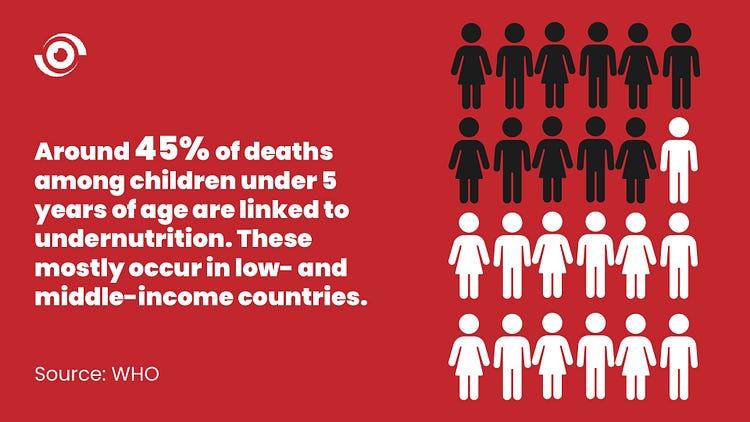
Highlighting some of the factors responsible for malnutrition in the community, Nanchwat said that the crisis is already a predisposing factor to malnutrition, coupled with ignorance, misinformation and low income. ‘’At times, the mother may have all the necessary things she needs to give the baby, but the ignorance on what do at the particular point in time actually causes malnutrition’’, he said. Food crops like beans, corn and locally made fruit are common in Dikwa. ‘’I would say yes, there are nutritious foods. The only challenge they have here is they don’t grow vegetables. It’s not as if vegetables don’t thrive here but they don’t grow vegetables,’’ Nancwat added.
In a bid to overcome these challenges, a case-by-case approach has been adopted in the fight against malnutrition and referrals made where necessary. “We also push for behavioural change through constant advocacy,” Nancwat said.
Oloyede highlighted insecurity, workers attrition, difficulty in moving supplies and wrong perception of aid workers as some of the challenges encountered in the delivering humanitarian services in the deep field.
‘’So, we are faced with the challenge of security in moving our nutrition commodities from the state headquarters to what we call the deep field. But we are grateful to the Federal Republic of Nigeria and the Nigerian Army. They provide escort from Maiduguri the state capital to various implementation sites to prevent the abduction of the truck that is conveying drugs, commodities and other things’’ Dr Oloyede said.
For Nigeria to develop productive citizens, nourishing our mothers and children must become a central concern. The FHI360 IHANN project shows that indeed it takes a community to raise, and nourish a child — a community of government, international partners, gender groups, and volunteers.


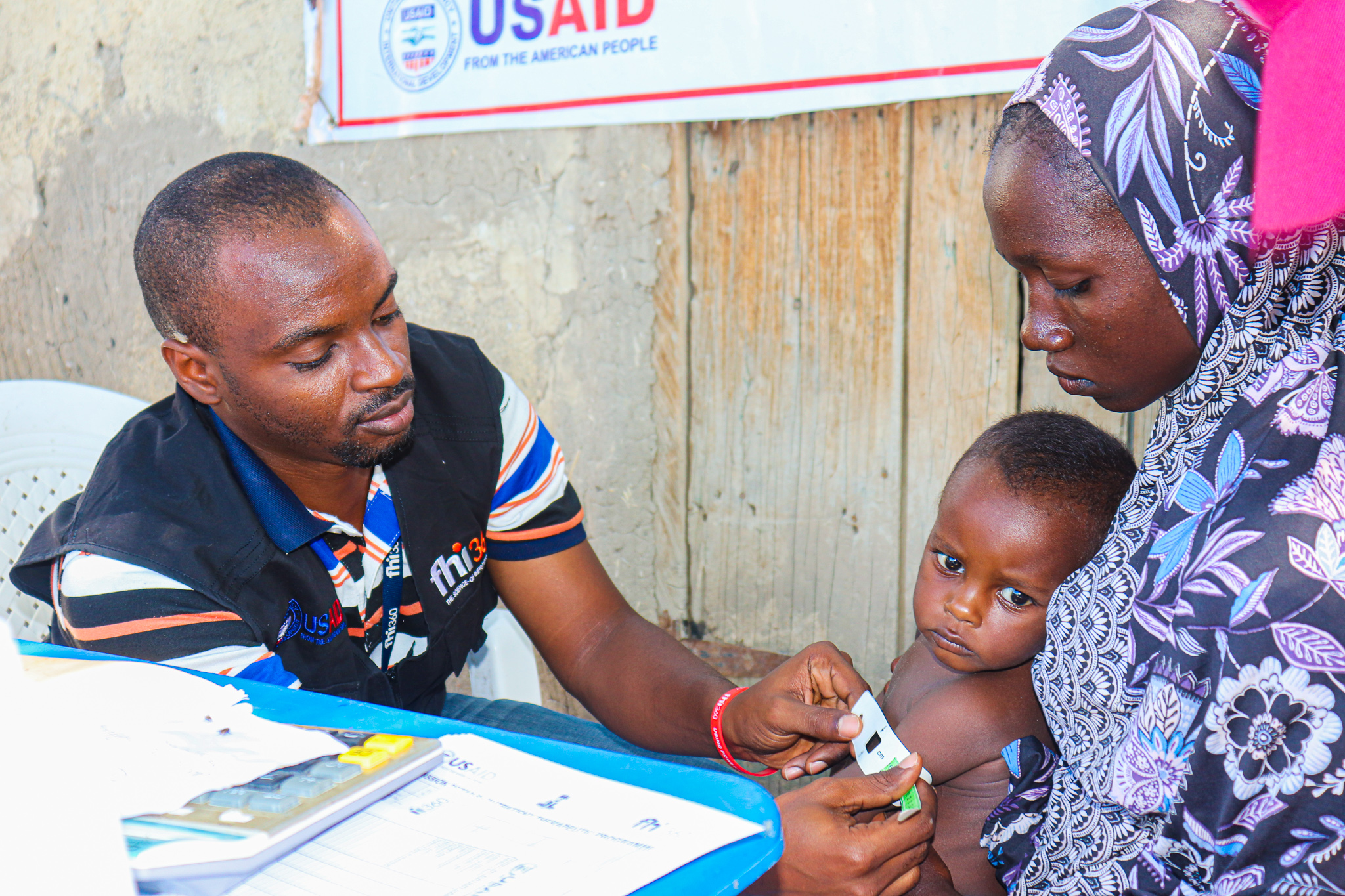
Great efforts to reach malnourished children. Please my NGO LIFEBUILDERS HAVE a nutritional supplement made from moringa oleifera that will be useful for the children and nursing mothers. The nutrient dense powder and cereals made from Sorghum are NAFDAC registered and available